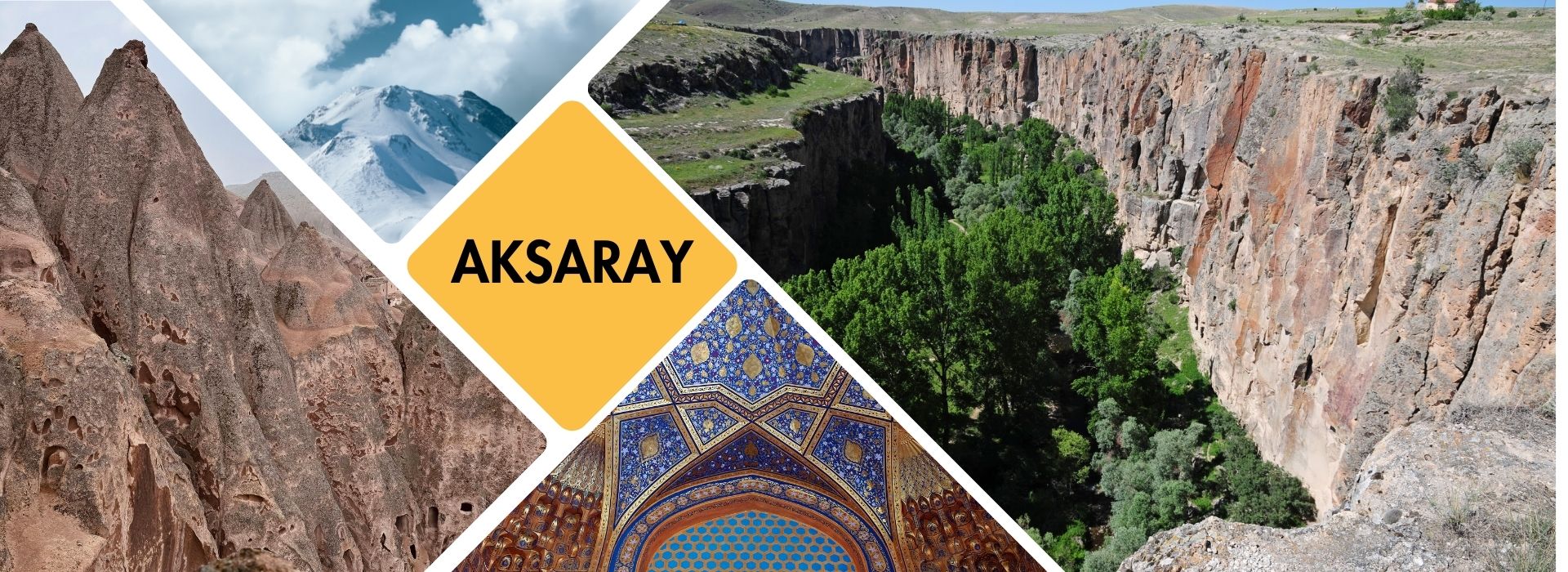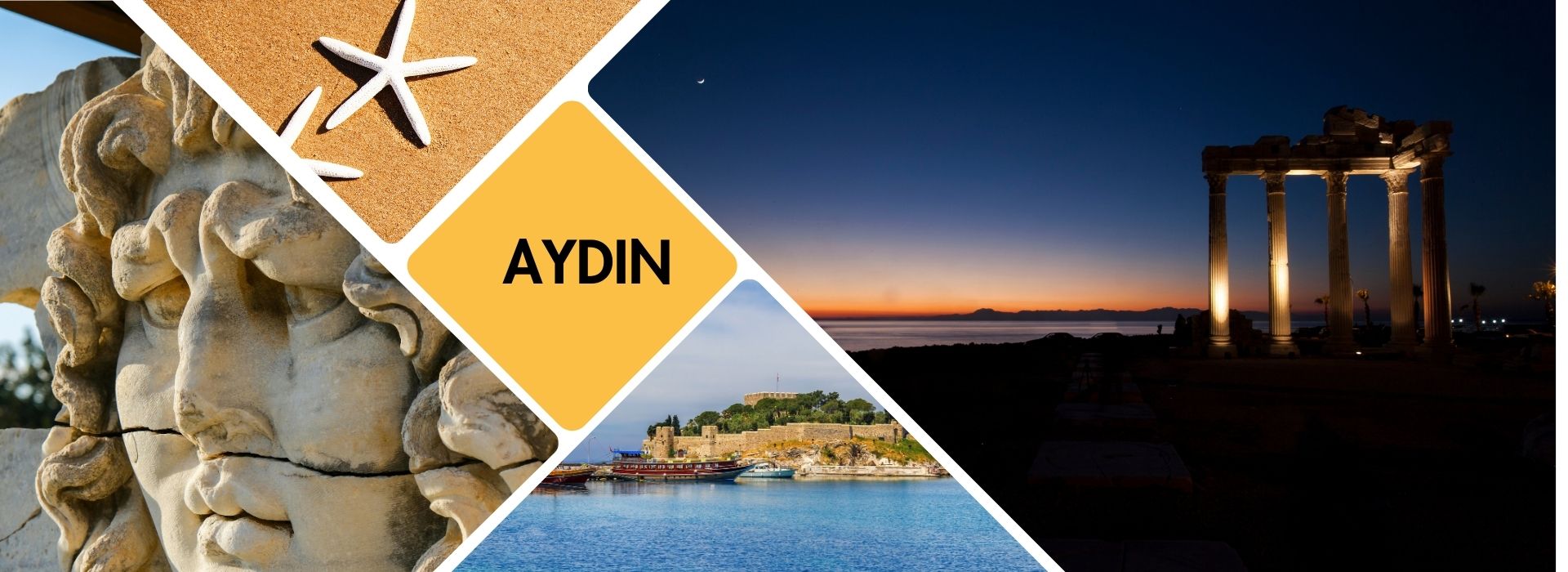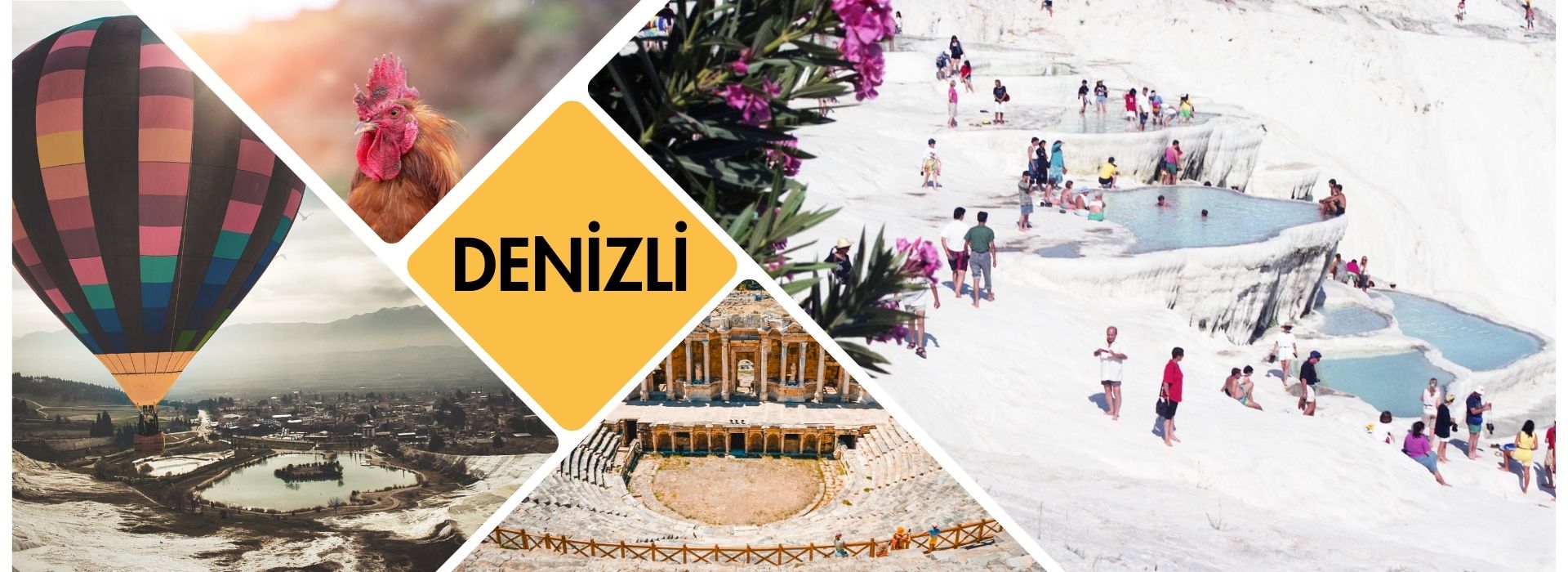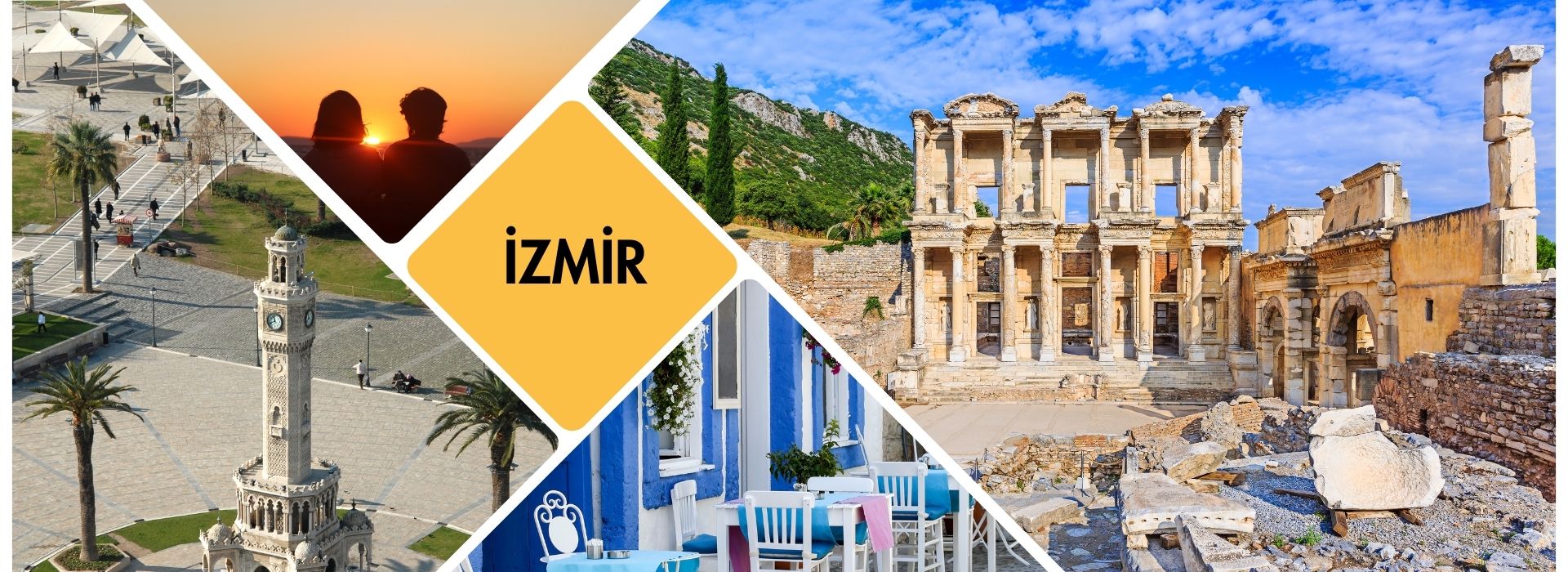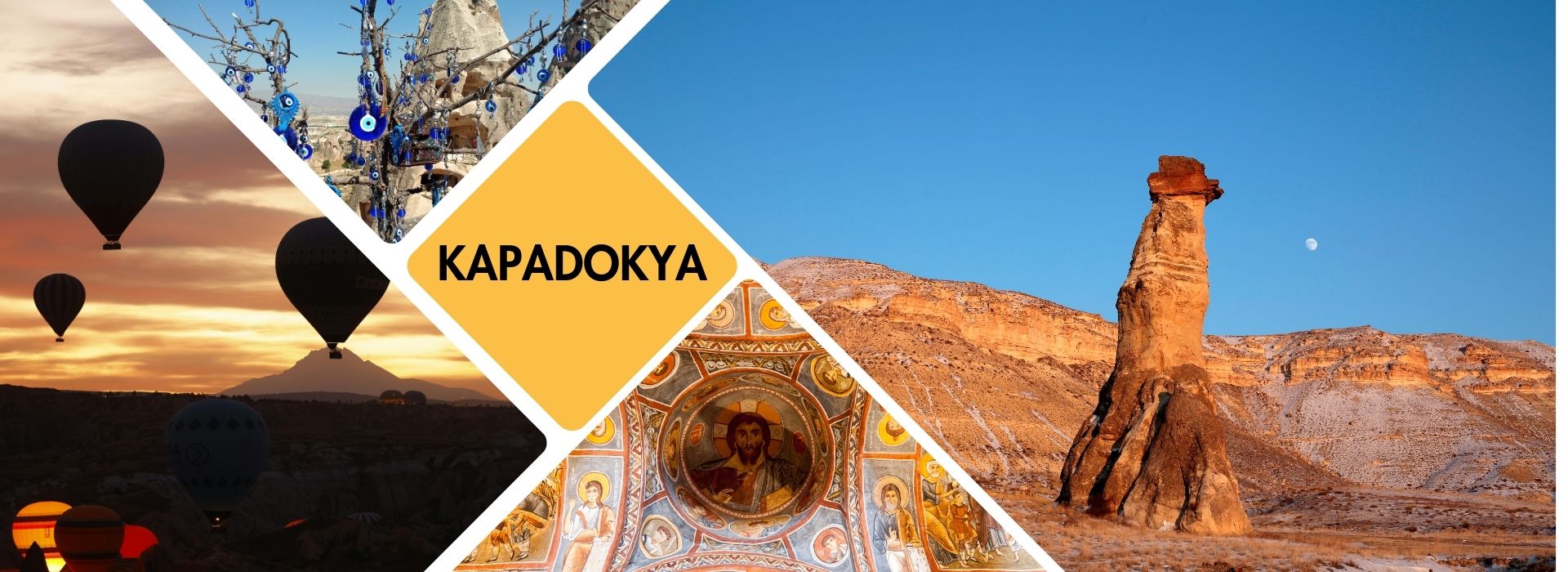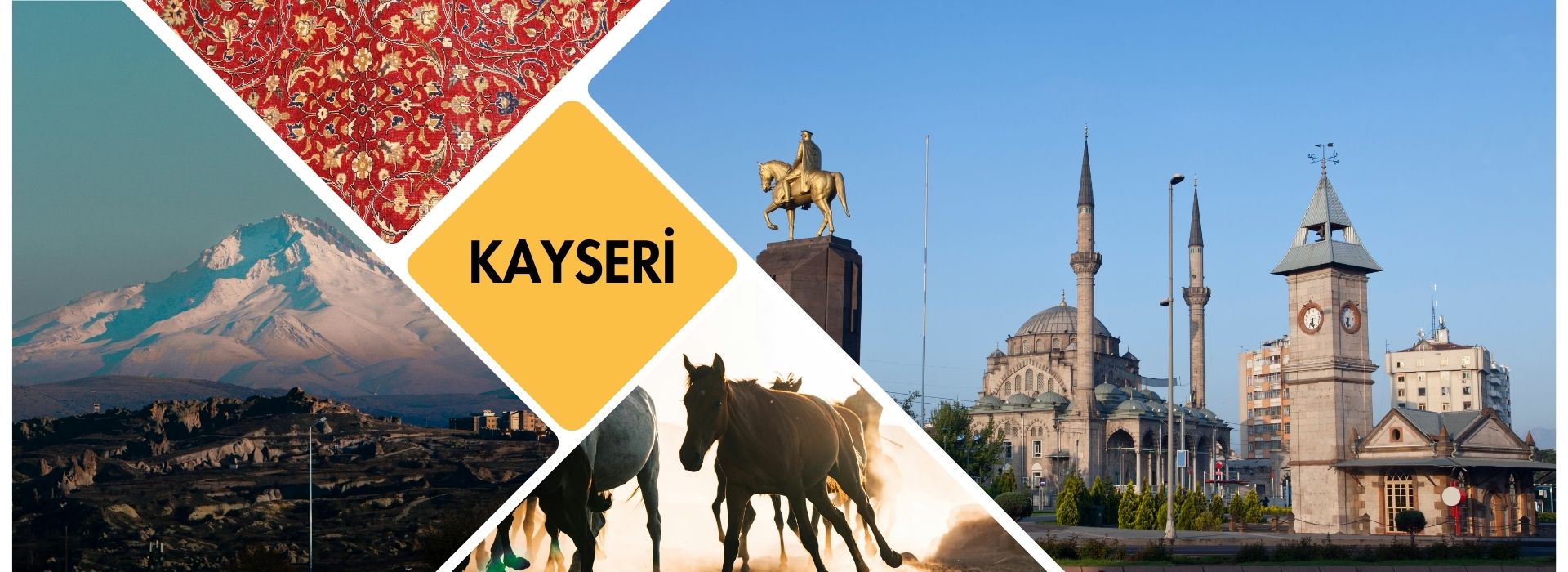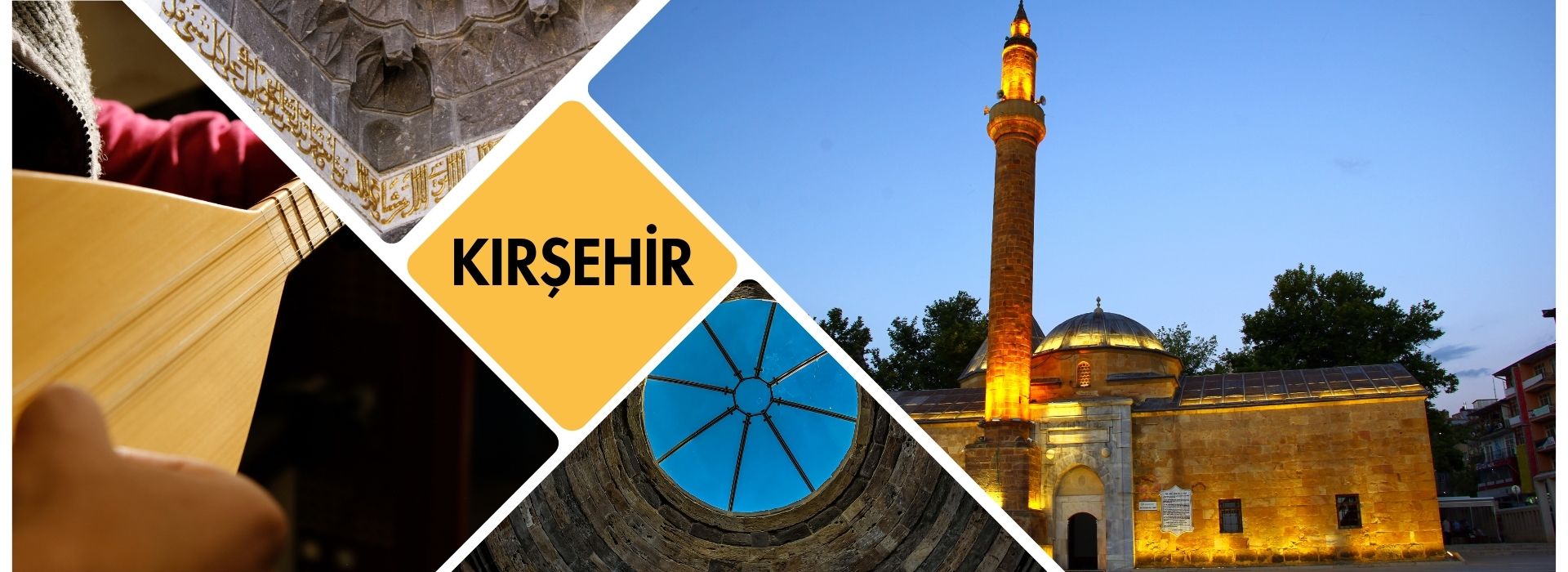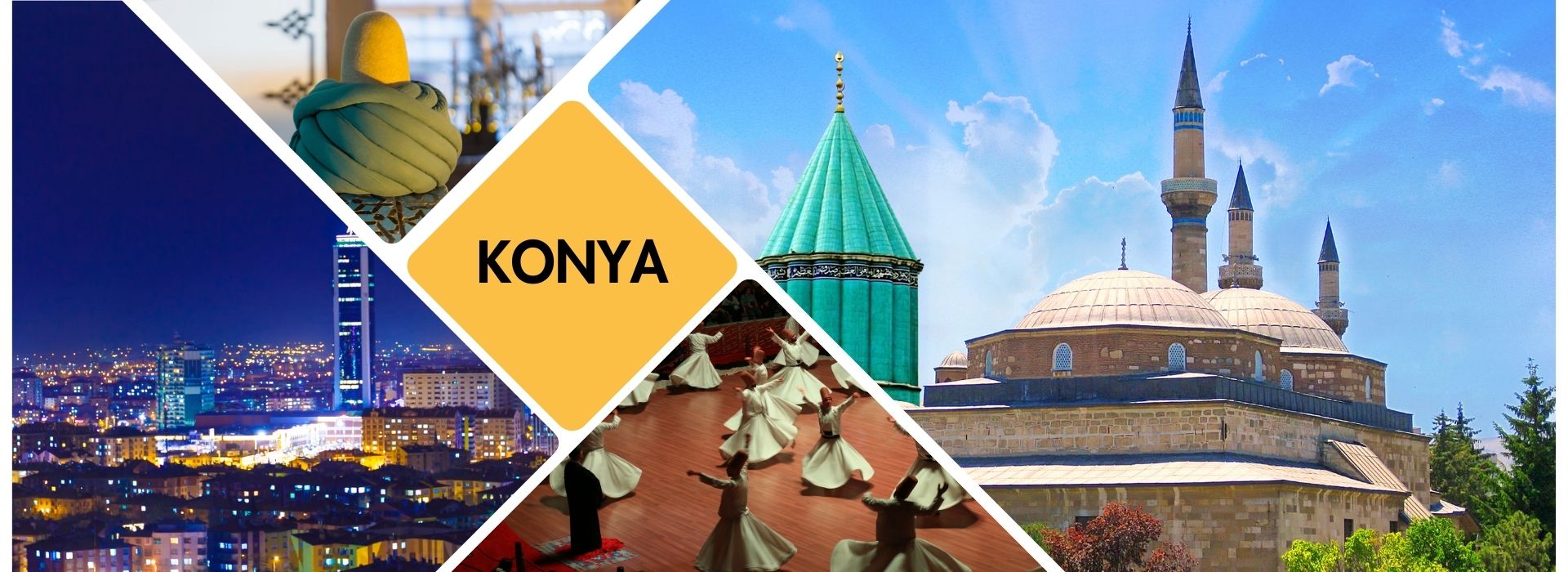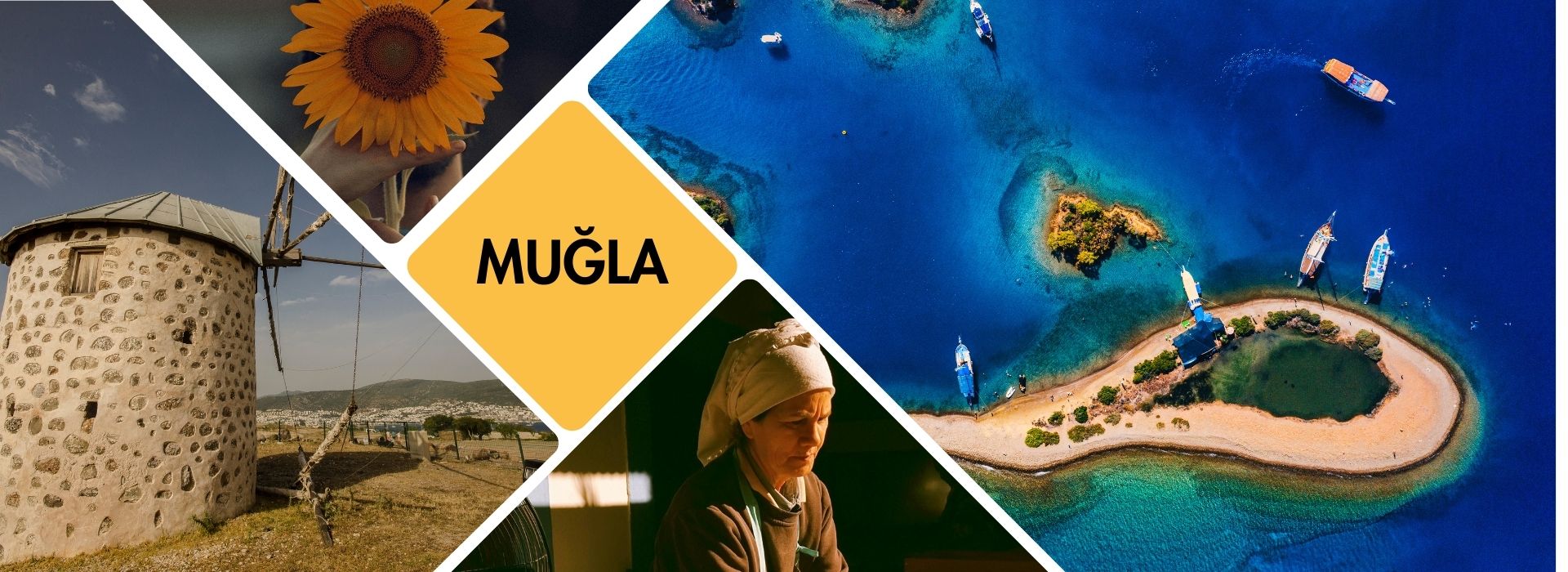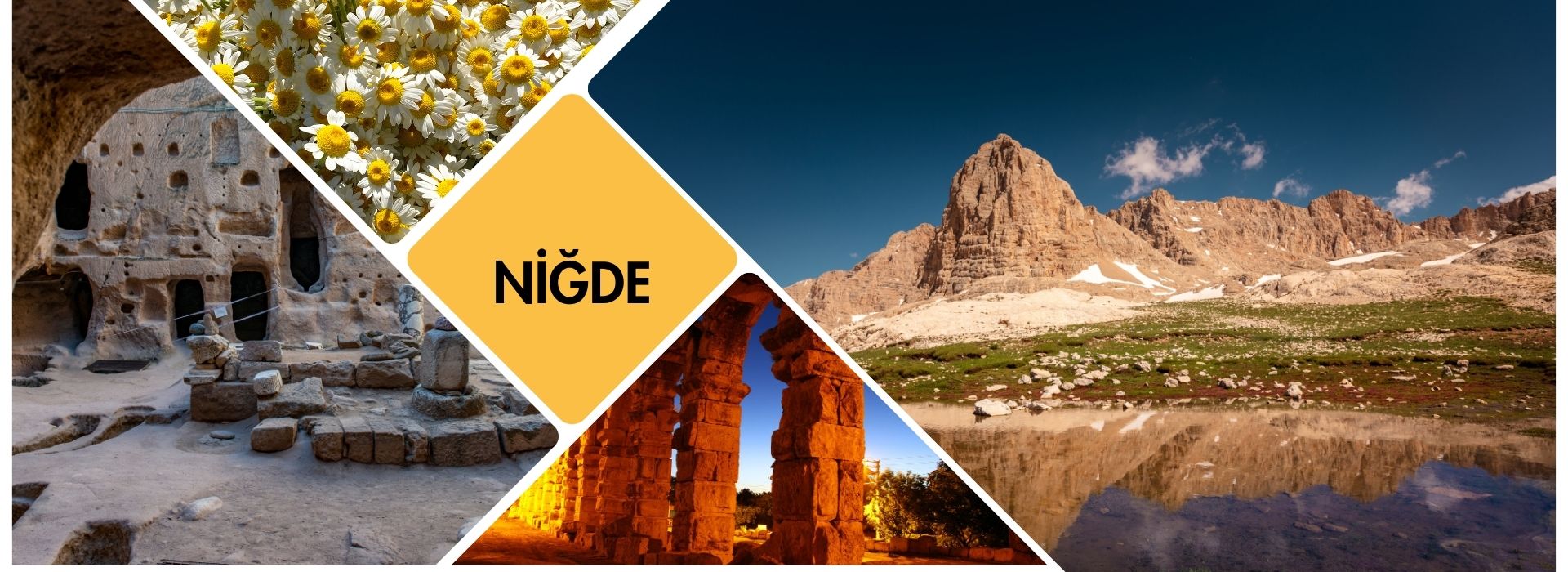

🏞️ Cappadocia: A Magical Land Sculpted Over Millions of Years
Cappadocia, located in the heart of Turkey, is one of the most mesmerizing landscapes on Earth.
With its fairy chimneys, carved rock houses, and dramatic valleys, it tells the story of a region shaped by powerful natural forces over millions of years.
Here are the answers to the most frequently asked questions about the formation of Cappadocia:
🌋 How Was the Cappadocia Region Formed?
According to scientists, the origins of Cappadocia date back around 60 million years.
At that time, the region was largely covered by an inland sea. Over time, as the sea dried up, massive tectonic movements and volcanic eruptions transformed the landscape.
The volcanoes we know today as Mount Güllüdağ, Mount Hasan, and Mount Erciyes erupted continuously for thousands of years, spreading lava and ash across the land.
As these volcanic materials cooled, they created thick, soft tuff layers — forming the foundation of the unique, easily eroded terrain we see today.
Thus, the Cappadocia region was shaped by both fire and water, creating an extraordinary and evolving environment.
🏜️ How Were Cappadocia’s Fairy Chimneys Formed?
Cappadocia’s iconic fairy chimneys (peribacaları) were sculpted by millions of years of wind, rain, and flowing rivers acting on the soft tuff layers.
- Rivers carved deep channels into the soft ground.
- Winds further shaped the exposed surfaces, smoothing and sculpting them over time.
- Where the upper layers were harder and more resistant, cone-shaped formations with protective caps formed — the classic fairy chimney appearance.
- In softer areas without a protective layer, different shapes and rock towers emerged.
Each fairy chimney is a natural masterpiece — and the geological processes that formed them continue even today, with new formations slowly taking shape.
🏡 How Were Cappadocia’s Rock Houses Formed?
Cappadocia’s famous rock houses are a perfect example of humanity adapting to nature.
- The soft tuff rock could be easily carved with simple tools, allowing early inhabitants to dig out homes, churches, and storerooms directly into the rock faces.
- These homes were naturally insulated, staying cool in summer and warm in winter, providing ideal living conditions for centuries.
- Over time, carved rock dwellings evolved into stone villages, with houses built into the landscape and expanded with masonry.
Today, places like Göreme, Uçhisar, and Ortahisar showcase stunning examples of Cappadocia’s unique rock-cut architecture.
📲 Explore Cappadocia Easily with Advisormapp
Exploring Cappadocia’s stunning valleys, fairy chimneys, and ancient settlements has never been easier!
With Advisormapp, you can:
✔️ Access detailed maps and guides to Cappadocia’s attractions,
✔️ Book airport transfers and local transportation effortlessly,
✔️ Use free audio guides to learn about historical sites,
✔️ Reserve balloon flights, ATV tours, horseback rides, and more in just a few clicks.
🎯 Discover the magic of Cappadocia’s nature and history with Advisormapp at your side!

